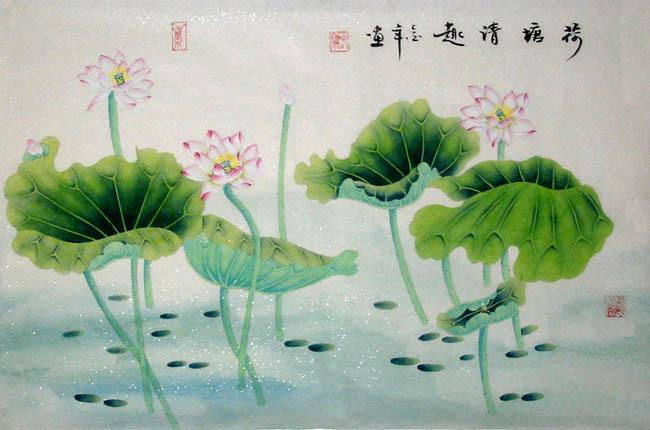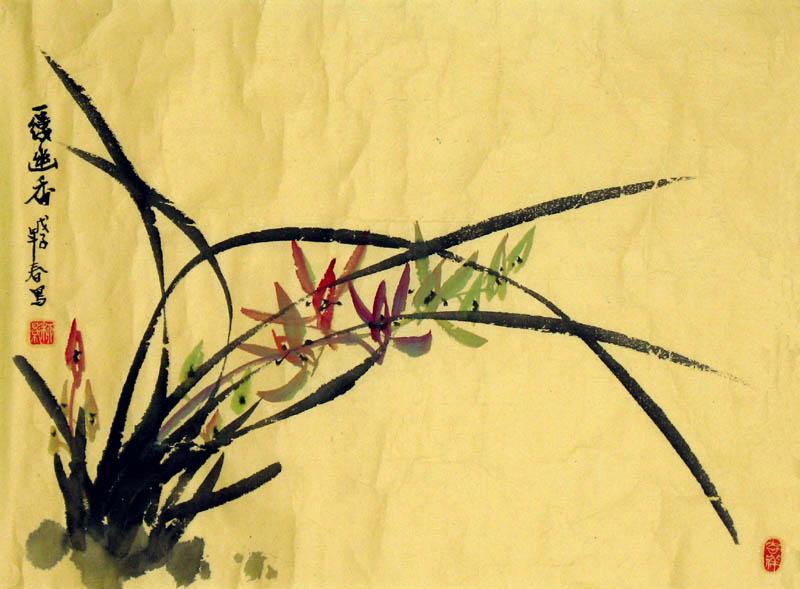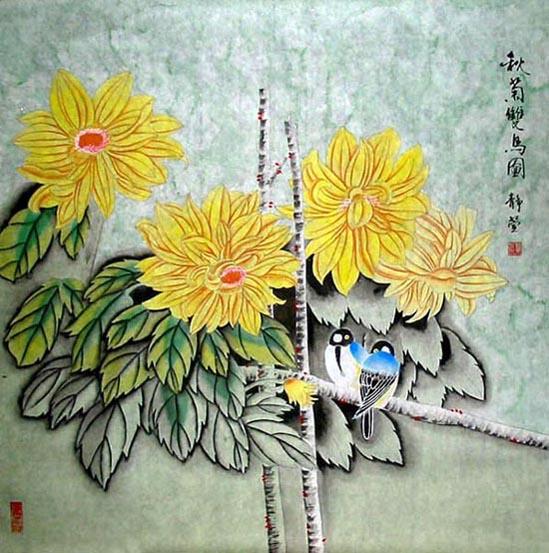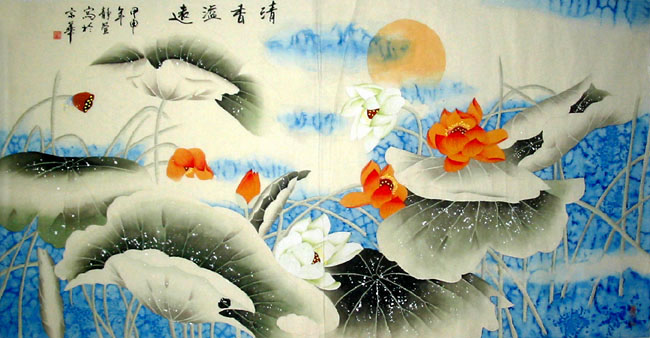In Chinese art, plants including the orchid, the bamboo, the chrysanthemum, and the plum blossom are called The Four Gentlemen. The Four Gentlemen, also called the Four Noble Ones, The term compares the four plants to Confucianist junzi, or "gentlemen". They are most typically depicted in traditional ink and wash painting and they belong to the category of bird-and-flower painting in Chinese art.
The Four Gentlemen have been used in Chinese painting since the time of the Chinese Song Dynasty (960–1279) because of their refined beauty, and were later adopted by artists in Korea, Japan, and Vietnam. As they represent the four different seasons (the orchid for spring, the bamboo for summer, the chrysanthemum for autumn, and the plum blossom for winter), the four are used to depict the unfolding of the seasons through the year.
The Four Gentlemen are an important subject matter in learning to paint in the aforementioned Asian traditions, as they embody all the basic brush styles. They are also depicted in Mahjong tiles.
Related to the Four Gentlemen are the Flowers of the Four Seasons, which consist of the orchid (spring), the lotus (summer), the chrysanthemum (autumn) and the plum blossom (winter). They contain three of the elements of the Four Gentlemen.






